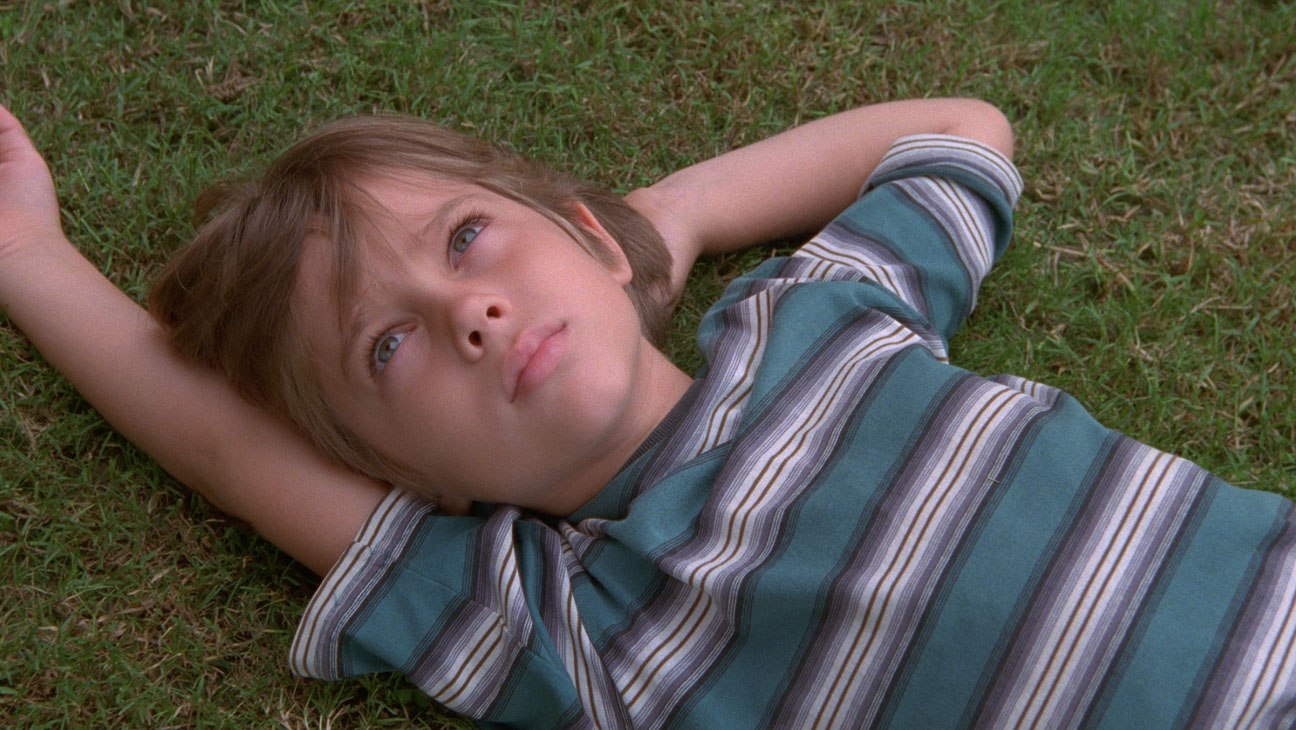“Boyhood”: a film that portrays life on a new level
“Boyhood”: a film that portrays life on a new level
by Tobi Scott
“Boyhood,” released in 2014, is a ground-breaking coming-of-age film that follows the life and growth of Mason, played by Ellar Coltrane. The Oscar-nominated film was shot over the span of 12 years, each year checking back in with the same actors and characters. This revolutionary film technique draws the audience into the film and allows them to experience each year nostalgically with the characters.
The film starts out in the early 2000s with two young siblings and a single mom living in a shabby apartment and sorely lacking a father figure. The story progresses through the life of Mason until we see him reach adulthood and move away to college.
With each new year, we see a new perspective on the characters as they have grown and matured for a year between each scene. We see what changes have been made in their lives, how the characters have matured and which elements of that time in our history stood out the most.
“Boyhood” does a fantastic job of realistically portraying life by showing the visual and physical aging of each character as well as showing the realistic issues that face the characters.
As Mason grows from a young boy to a college student, wee see exactly what situations influenced his behaviors and decisions. Meanwhile his mom, played by Patricia Arquette, develops the courage to go back to school and get a good, solid job that she is passionate about. Finally, Mason’s father, played by Ethan Hawke, goes full circle as a father starting with his absent parenting when his children where young, to his responsible new outlook on life by the end of the film.
On top of the many levels of character specific details of the film, “Boyhood” includes references of pop culture as they exist in time and in the lives of the characters.
For example, the soundtrack progresses through time. In the first few years of filming, background music includes early 2000’s era music like “Yellow” by Coldplay, “Hate to Say I Told You So” by the Hives, “Soak Up the Sun” by Sheryl Crow, and “Crank That” by Soulja Boy, as well as a well placed allusion to “Oops I Did It Again” by Brittney Spears.
As Mason grows out of his elementary/middle school years and develops his own taste in music, however, the soundtrack shifts to playing a lot of indie music and includes Wilco, The Black Keys, Arcade Fire and Vampire Weekend.
We also see references to specific years in things like Razr cell phones, high school musical references, and Obama/ McCain signs: Each little detail making someone in the audience think, “Oh, man, I remember that!”
Not only does Boyhood portray the coming-of-age tale of Mason, but also of his parents. This allows the film to grasp the turmoil of people at multiple points in their lives showing kids, teenagers, young adults and adults facing middle age. All the while, the film nostalgically touches base on the things we loved those years right along with the characters.
The essential beauty of this film is not its plot or action, but how relatable it is. Each character has the power to remind the audience of either themselves or someone in their lives. “Boyhood” has the power to make every viewer finish the film feeling as though they related with it on a special level.

